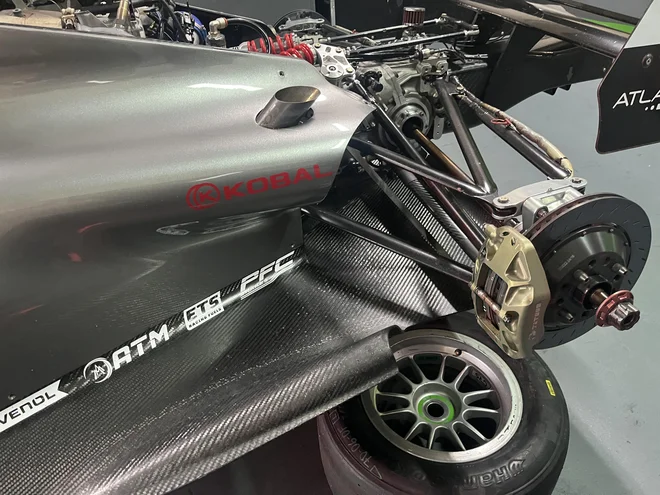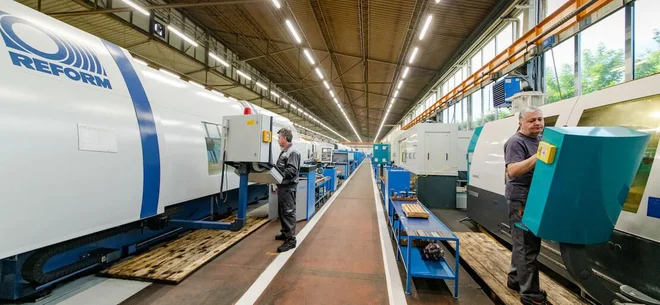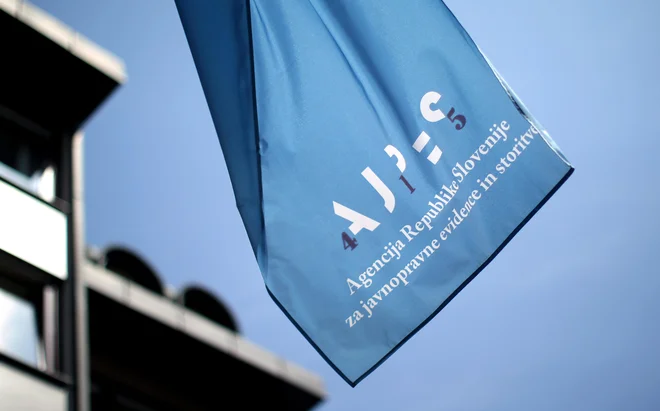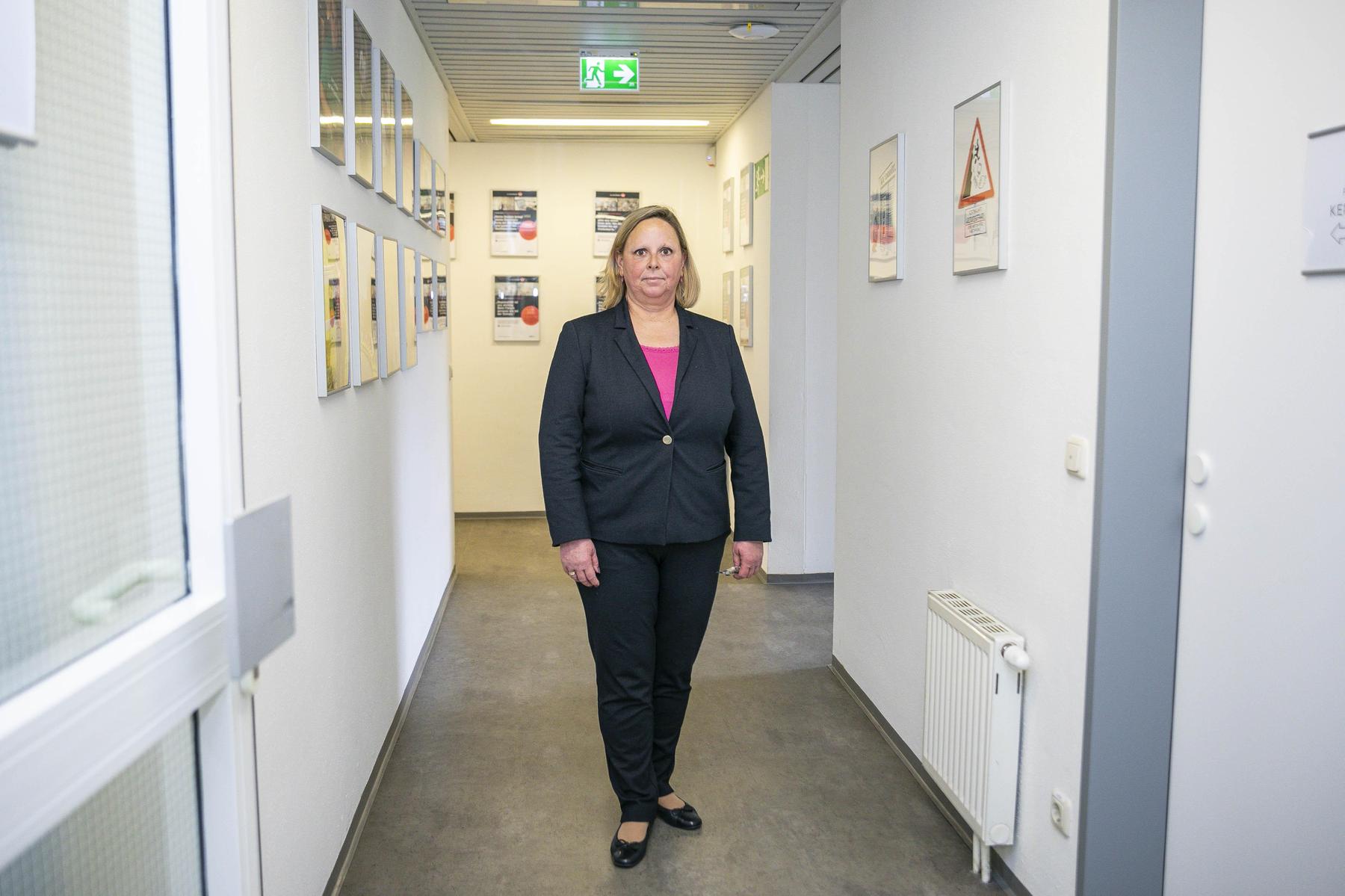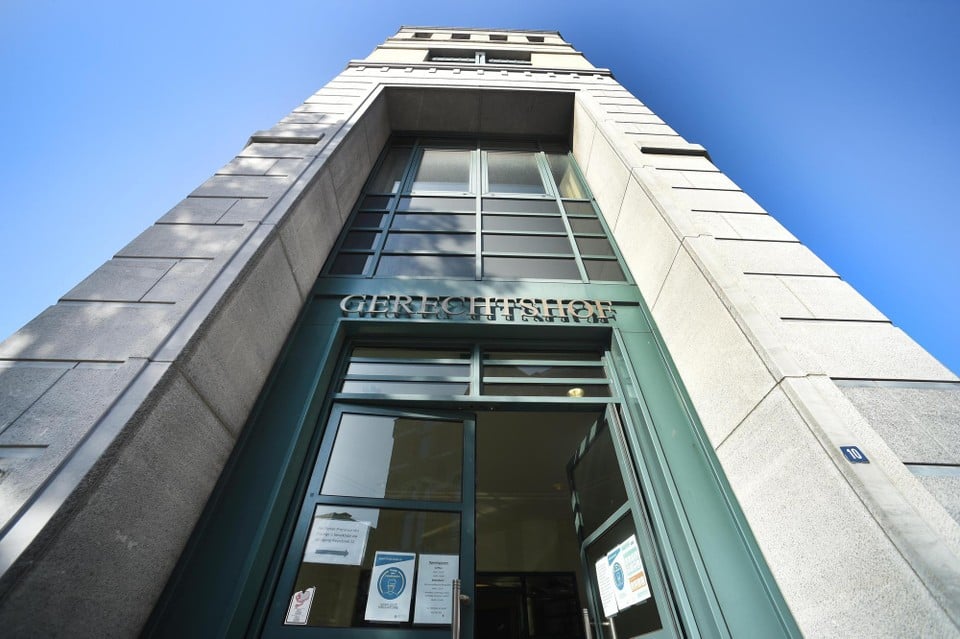Electricity prices last year for residents among the lower but noticeable rise in riders this year
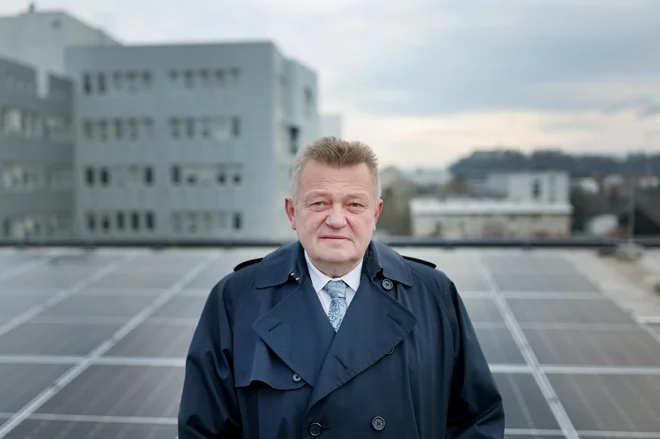
Electricity prices for household customers were among the lowest in the EU last year in Slovenia, while for companies, especially for larger industrial consumers, are competitive disadvantages. But this year, the state regulation of prices expired, which brought to the residents of April higher bills.
The final electricity prices for household customers were 13.7 to 20.7 percent in Slovenia last year – depending on consumption – lower than the EU average, Eles Director found in analysis Alexander Mervar. Slovenia is in the lower third of the EU countries, where electricity prices are the lowest and has lower electricity prices and network charges. It should be recalled that the new network policy came into effect last October and, on average, generates higher costs in the winter season and lower in the summer.
« Data show that the low cost of network charges reduces the final prices of electricity, » Alexander Mervar says about the critic of the economy on the network burden. Photo: Blaž Samec/Work
The cost of electricity for the population was reduced by the government by bordering 90 percent of the price of electricity and the exemption from the contribution of RES+CHC. Without these measures, the annual costs of the average household with a consumption of 4,000 kilowatt hours would be higher by 345.89 euros or 45.8 percent. « In this case, the annual costs of the average Slovenian household would be 11. The highest in the EU, but now they were 23. The highest, which means that Slovenia was ranked on the tail of the rankings of the Member States that had one of the lowest final electricity prices, » wrote Alexander Mervar.
It will be interesting to see what data from the European Statistical Office for the first half this year will show about electricity price. Since March, the price of electricity is no longer state -of -the -state, which is also known on bills of exchange. According to the median offers of suppliers collected by the Consumers Association of Slovenia, the price of electricity at the low tariff is 47 percent higher than between November last year and February this year and a quarter higher than the price – at that time 90 percent of its consumption – in most last year. The price at the high tariff, however, is almost half higher than it was in winter, and six percent higher than in most last year. By the end of June this year, however, households continue to be entitled to payments from RES+CHP. Increase in electricity prices has mitigated the transition to a cheaper season of networking.
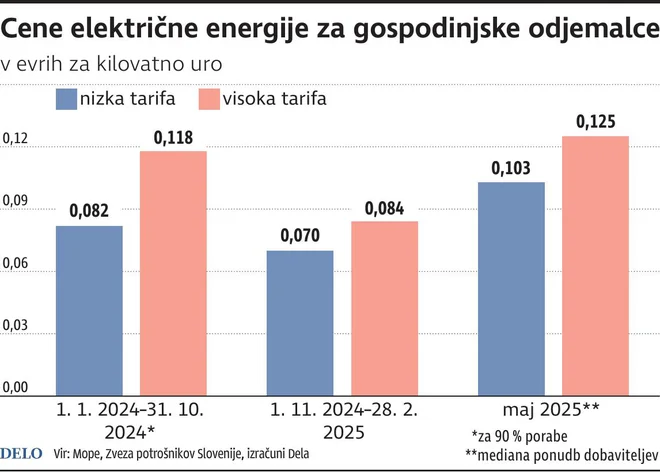
Cenelektrike photo DK IGD
Consumers received the invoices with new prices in April. However, prices in the first quarter were lower than in the first quarter of last year, according to the statistics of life supplies, mainly due to government measures that limited the higher network charge.
A different image for an industry
Mervar also prepared an analysis of prices for non -economic customers. As we are in Work already analyzed, the final prices for them in Slovenia are higher than the EU averagefor – depending on the size of consumption – 1.3 to 13.9 percent. Smaller consumers are closer to the European average, while the price of electricity is a competitive obstacle, especially for large energy intensive consumers. « Slovenia ranks tenth in the largest breakthrough group compared to the same groups of customers in 25 EU Member States, where comparison was possible, » Mervar wrote in the analysis, adding that the average final electricity prices were lower than in neighboring countries, except for the largest contour group.
Mervar found that in the structure of the final electricity prices for non -economic customers, they are significantly higher than the European average of the energy of the energy itself – the largest customers are even a third higher – while the average cost of network charges was significantly lower: « Data show that low network charges reduce the final electricity prices. »
The average network charge was 77.6 percent higher for non -economic customers in the EU last year than in Slovenia, while it was 27.4 percent higher for households in Europe.

